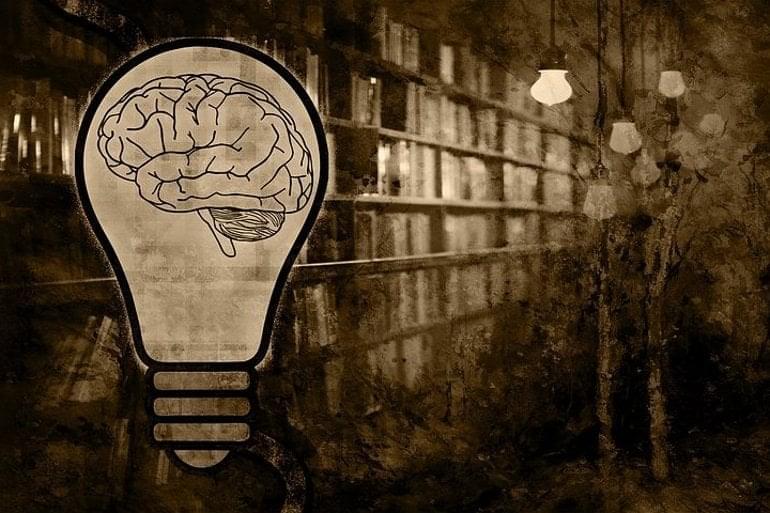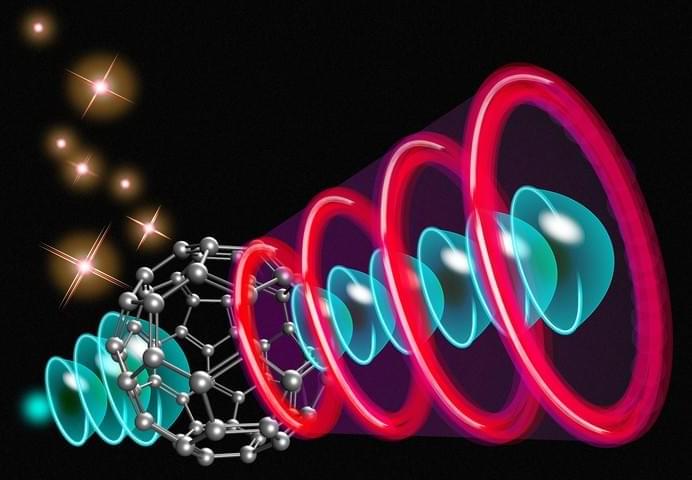Summary: While scores for verbal reasoning and matrix reasoning have decreased, scores for spatial reasoning have improved, researchers report.
Source: Northwestern University.
IQ scores have substantially increased from 1932 through the 20th century, with differences ranging from three to five IQ points per decade, according to a phenomenon known as the “Flynn effect.”








